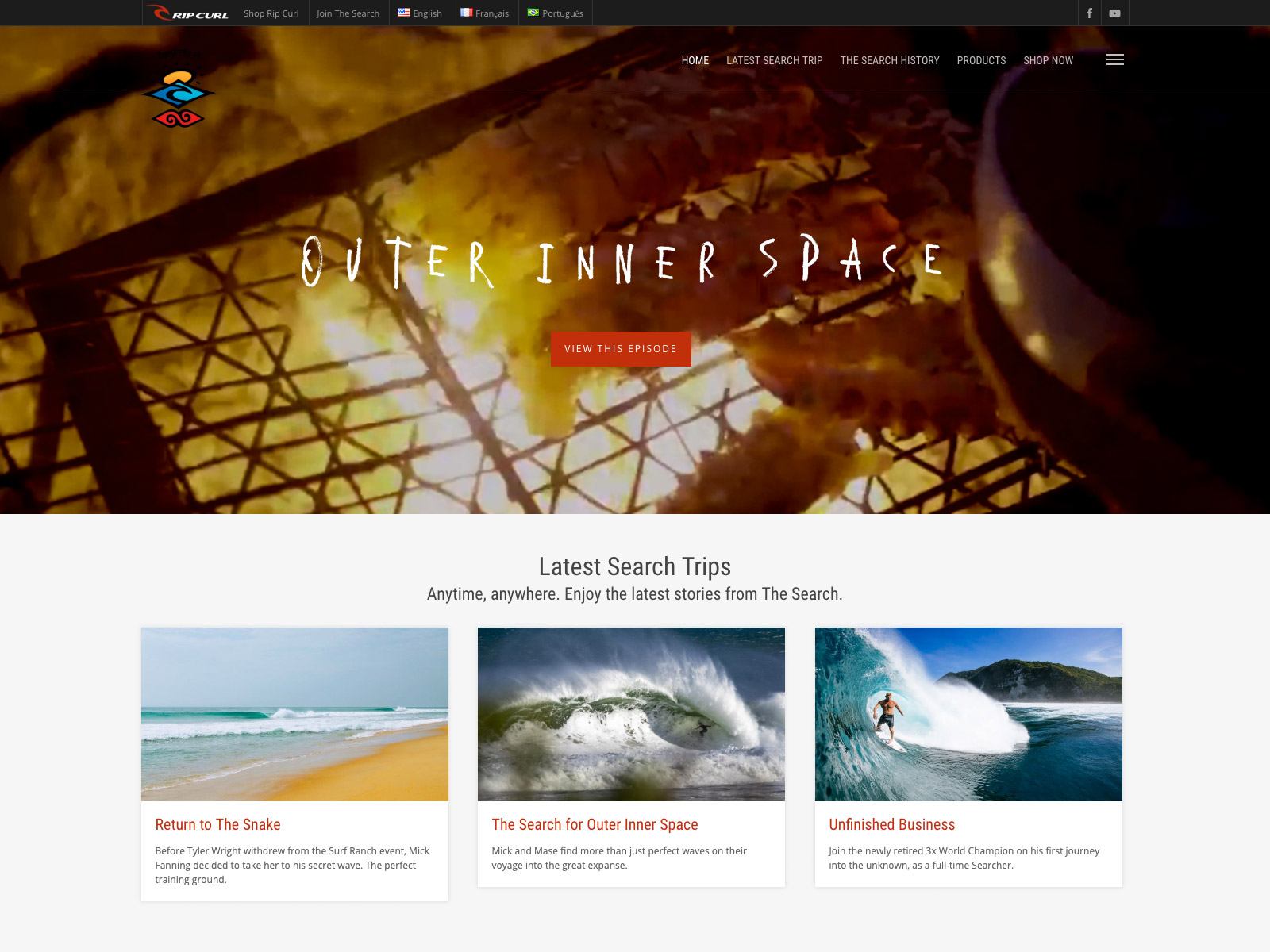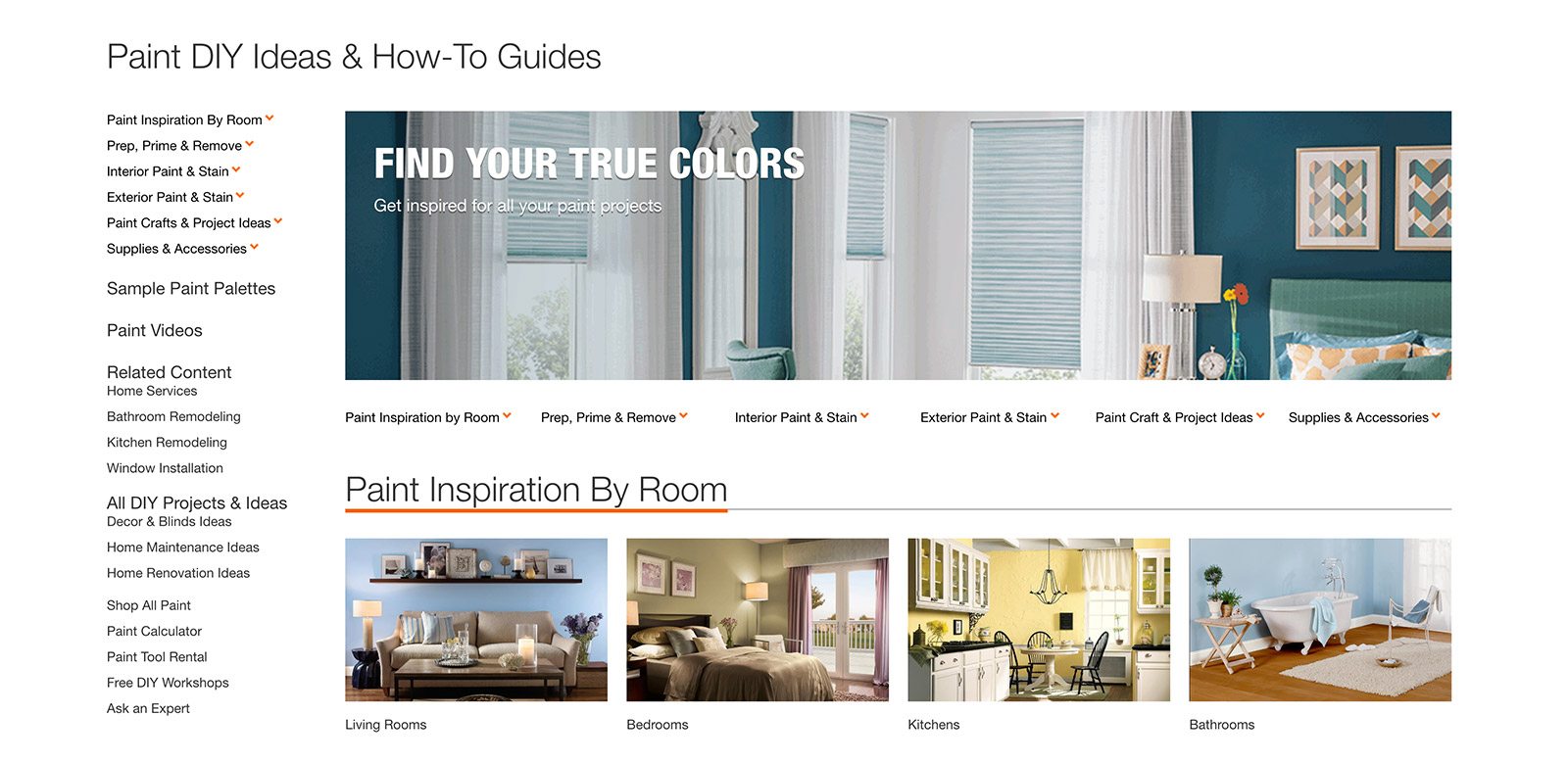Published on by Alex Cristache, Director of Design
There’s a difference between having a business and running a brand. A brand stands apart because of its personality, a set of traits that make it unique, a vision statement to define its objectives, and a strategic plan for delivering that persona to your customers via an engaging digital experience. How well you align your brand with your approach to UX and UI can enhance or damage your customers’ experience.
Branding isn't just for big businesses - every company, no matter the size or the sector, should have a well-defined brand. And everything you do - from your marketing to your eCommerce customer experience, apps, and social media accounts - should reflect it.
For some inspiration, let's take a look at some companies that are winning the game of bringing their brand to life and explore how you can get the same powerful results for your business.
Content Marketing Case Study:
How Rip Curl’s Content Strategy Creates Engaging User Digital Experiences
Surfing gear company, Rip Curl, is one of the leaders in their industry, supported largely due to the success of their content marketing strategy.
Rather than just writing their own blog posts and articles, they’ve created an online publication, The Search, where real surfers can post their stories, videos, and photography. Made for surfers, by surfers, The Search gives Rip Curl an authentic brand identity because their customers are invited to participate directly with the company.
The advantage here is that Rip Curl gets the benefit of loads of original, on-brand content to post and an increase in site visitors who want to read their publication, along with invaluable street cred from real surfers themselves.
When a brand engages the customer using the tactic of authenticity, they represent themselves as genuine industry experts and as truly caring about creating a stellar digital experience for their Users (UX).

The Search by Rip Curl
Rip Curl is also smart to use multiple media channels like video and images in addition to written content. Why? Because video accounts for one-third of all online activity and 90% of the information sent to the brain is visual. Using every possible channel ensures that your customers are getting a 360-degree UX and that you’re fully immersing them in your brand. Your content marketing should be an extension of whatever your business does and who your customer is, and Rip Curl has this combination aced.
App Engagement Case Study:
Under Armour Positions Their Brand As a Complete Fitness Brand
Under Armour was first known for their popular athletic clothing, but they’ve taken it a step further with their mobile app strategy. They spent $150 million developing their own app, MapMyFitness, and hundreds of millions more acquiring two other popular fitness tracking apps.
The result is apps that their customers use every day to track their exercise and set their fitness goals - apps that become useful lifestyle tools rather than just an extension of their eCommerce store.
Under Armour has now positioned themselves as a full-circle fitness brand that supports its customers' health and exercise success, rather than just selling products. By engaging their customers in a unique, no-sales-pressure way, they’ve attracted millions of dedicated users who are now loyal to their brand.
Customer engagement is a two-way process in which your message needs to draw them in and encourage them to actively participate with your brand. Share on X
eCommerce Engagement Case Study:
The Home Depot Takes the In-store User Experience to their Website.
It’s easy to assume that a company as big as The Home Depot will automatically have a successful eCommerce site because they have a huge budget to build it, but this isn’t always the case. Many big retailers have eCommerce sites that fall short of their conversion goals because they’re not engaging their customers.
The Home Depot had a unique challenge as they already had successful brick-and-mortar stores and they wanted to mirror that same success when adding an eCommerce component to their sales model. They also are in a business where customers traditionally to want to go into the hardware store to compare products and take a look around. This meant that they needed a strong layout that made the customer just as comfortable as they would be if they visited the store.

To mimic their in-store experience, The Home Depot laid out their site so that customers can search for specific products and their specs, or they can shop by room or project category, the same way they could if they went to the physical store. Essentially, they tapped into how their customers naturally want to shop for hardware products.
You don’t need to have the long-standing success of nationwide brick-and-mortar locations under your belt to take away the key message of their success, which is that getting inside the customer’s head and adopting their thinking, their goals, and their pain points when shopping for a particular product will garner more success than simply listing your products for sale without a strategic layout.
Key Takeaways for an Engaging Digital Experience
While these businesses all offer different products and services, their success in their respective industries boils down to a few important factors:
Thinking Like the Customer
Taking a self-centered approach and doing what you want to in order to promote your brands and products is a sure-fire way for your app or your eCommerce site to fail. Customers don’t want a website with a pushy sales approach or an app that is cumbersome to use, they want an engaging digital experience.
Thinking strategically about what your customer’s needs are when using your website or your app helps to create an omnichannel UX that’s effortless, enjoyable, and intuitive.
Keep Your Branding Consistent
Rip Curl’s surfing gear site features content created by their surfing customers themselves. Under Armour helps their customer’s reach their fitness goals. The Home Depot’s eCommerce site mimics their in-store hardware shopping experience.
The common thread here is consistency. Each brand offers something to their customer that’s aligned exactly to who they are as a business.
Using your brand persona in everything you do, from selling products and services to communication, gives your business an authenticity and likeability that isn’t found when you’re only focused on pushing your sales agenda.
Engaging the Customer
Each of these brands draws their customers in and invites them to be part of a dynamic digital experience. People want to feel like they’re valued, not that they are just data points or dollar signs to the companies they do business with.
Customer engagement is a two-way process in which your message needs to draw them in and encourage them to actively participate with your brand.
By focusing on providing a great UX, you can captivate your clients, create brand loyalty, and make your customers feel empowered in their buying decisions.
Strategic Planning
While these are multinational, industry-leading companies, that status doesn’t guarantee that their apps or their eCommerce sites will be successful. Plenty of companies spend big on their web and mobile applications only for them to deliver disappointing performance and poor conversion rates.
The most successful businesses, no matter how big or small they are, take the time to strategize every step of their site or app, from how it looks, how it’s laid out, and how the customer’s experience will be. Cluttered sites are difficult to navigate and will be an instant turnoff for customers who can find the same products or services more easily by going to a competitor.
To keep your bounce rate low and your conversions high, it’s imperative to spend a significant amount of time in plotting out your content marketing strategy, eCommerce site, or mobile app in great detail before execution.
If your business lacks the resources to properly execute the planning phase, you’ll want to partner with a digital services provider who can guide your vision and create the website, application, or eCommerce site that your business needs to build success.
Crowd Favorite is a full-service digital agency with the experience and expertise to help your business develop its brand and digital experience, with the right message for your target market. Our team of digital strategists, UI & UX, and eCommerce experts will work with you from the strategic planning phase all the way through successful execution. Give your digital projects the opportunity for real results and increased revenue by working with Crowd Favorite. Get in touch with our team today to begin your next digital development.








